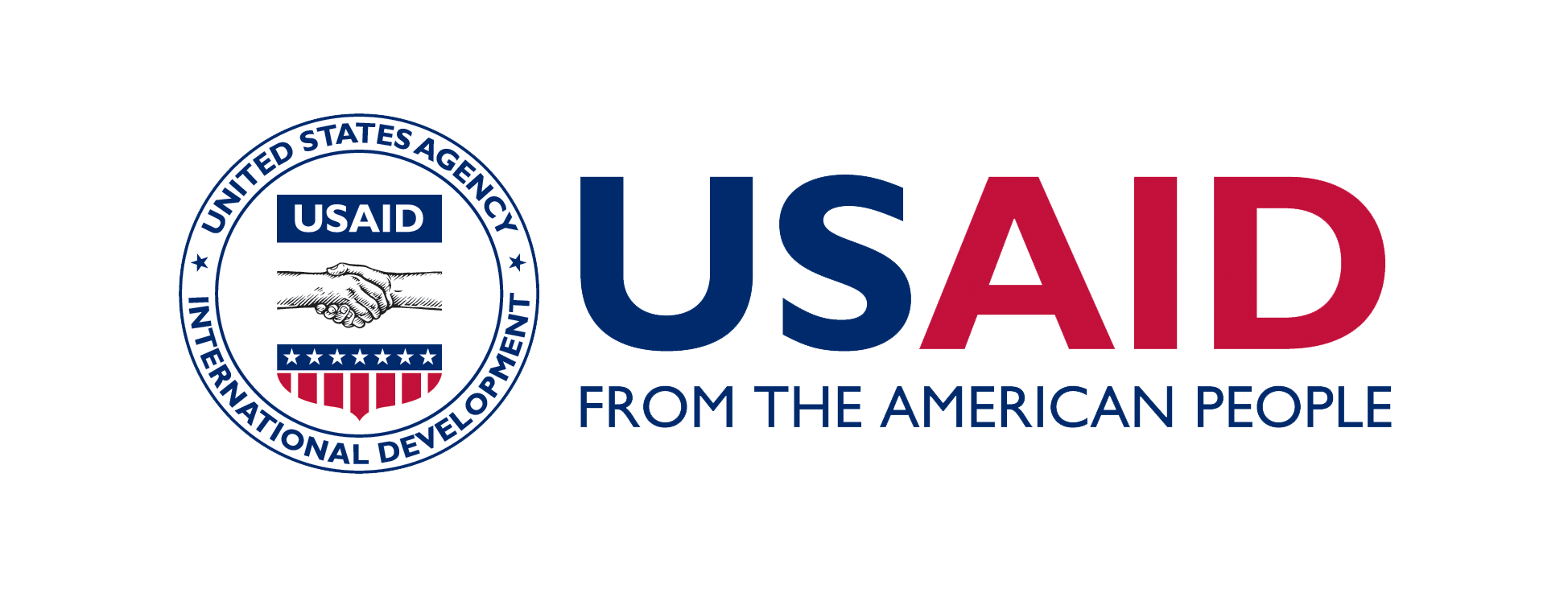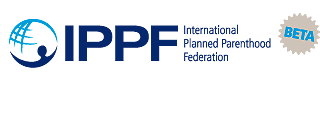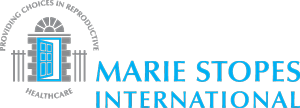Last week, the Obama administration announced that it would cease any efforts to overturn Judge Edward Korman’s ruling that will allow unrestricted on-the-shelf sales of Plan B One-Step Emergency Contraceptive. The levonorgestrel pill will soon be available to women and girls of all ages, the result of years of tension pitting the White House and the Food and Drug Administration against reproductive-rights activists, physicians and women’s groups.
The origins of modern emergency contraception date back to the 1920s, but both types of emergency contraception, emergency contraceptive pills (ECPs) and copper-bearing intra-uterine devices (IUDs), were mainly researched and developed beginning in the 1970s. ECPs work by delaying or preventing ovulation, while IUDs prevent fertilization. If fertilization has already taken place, they will not interrupt the pregnancy. As the Guttmacher Institute notes, emergency contraceptives are highly effective, with acceptable side effects and low service provision requirements. According to the CDC, “In 2006-2010, among sexually experienced [American] women aged 15-44, roughly one in nine (11% or 5.8 million) women had ever used emergency contraception, up from 4.2% in 2002.” Despite almost 40 years of research and increasing prevalence, though, debate prevails surrounding its use and availability. Some incorrectly believe that ECPs function as abortifacients, or that access to emergency contraception will cause a decrease in the use of a regular method of contraception.
As myths are dispelled, emergency contraception is slowly gaining acceptance worldwide. Still, it continues to be underutilized in many areas, in part due to lack of both user awareness and provider knowledge. One hundred and fifty-four countries have at least one ECP brand registered. Organizations such as the World Health Organization, the United Nations Population Fund, and the American College of Obstetricians and Gynecology all support the availability of emergency contraception.
“According to the Demographic Health Survey, in Ghana, Kenya, Namibia, and Brazil, the proportion of currently pregnant women under age 20 who reported their pregnancies were mistimed or unwanted was 46 percent, 50 percent, 55 percent, and 58 percent, respectively.” Increased use of emergency contraception would help prevent those unintended pregnancies as well as reduce the number of unsafe abortions (which cause the death of an estimated 68,000 women each year). Accessing emergency contraception also creates an opportunity for women to be introduced to other reproductive health services. Studies have shown that women who use ECPs tend to switch to more effective contraceptive methods. Emergency contraception providers have a unique opportunity to connect women with related services and discuss future contraception and STI/HIV prevention.
Awareness of and access to emergency contraception are important parts of the broader aim of family planning, highlighting the 2013 ICFP theme, “Full Access, Full Choice.” Increased awareness and access worldwide will bring us closer to Full Access, Full Choice as a reality rather than a goal.











